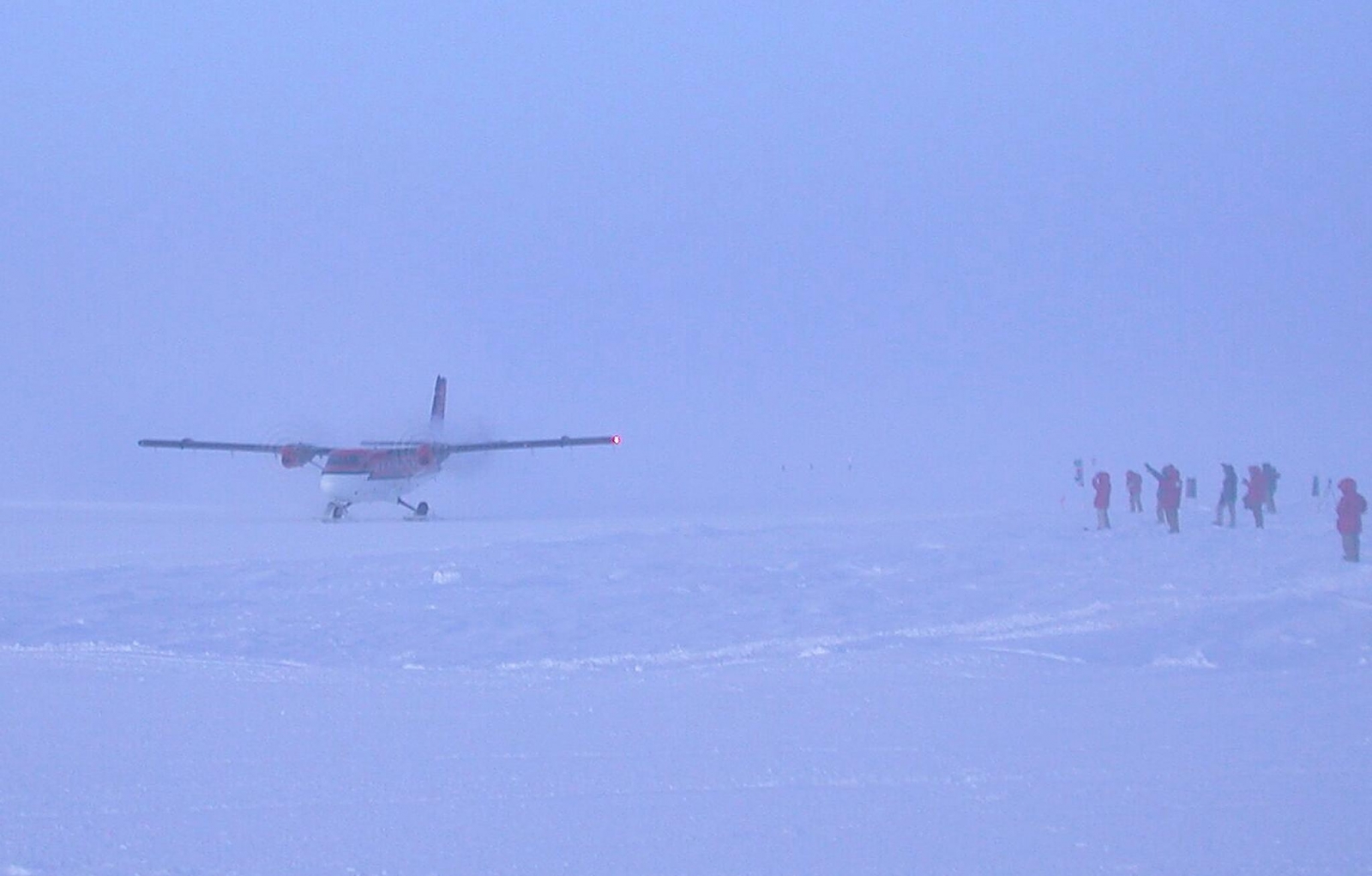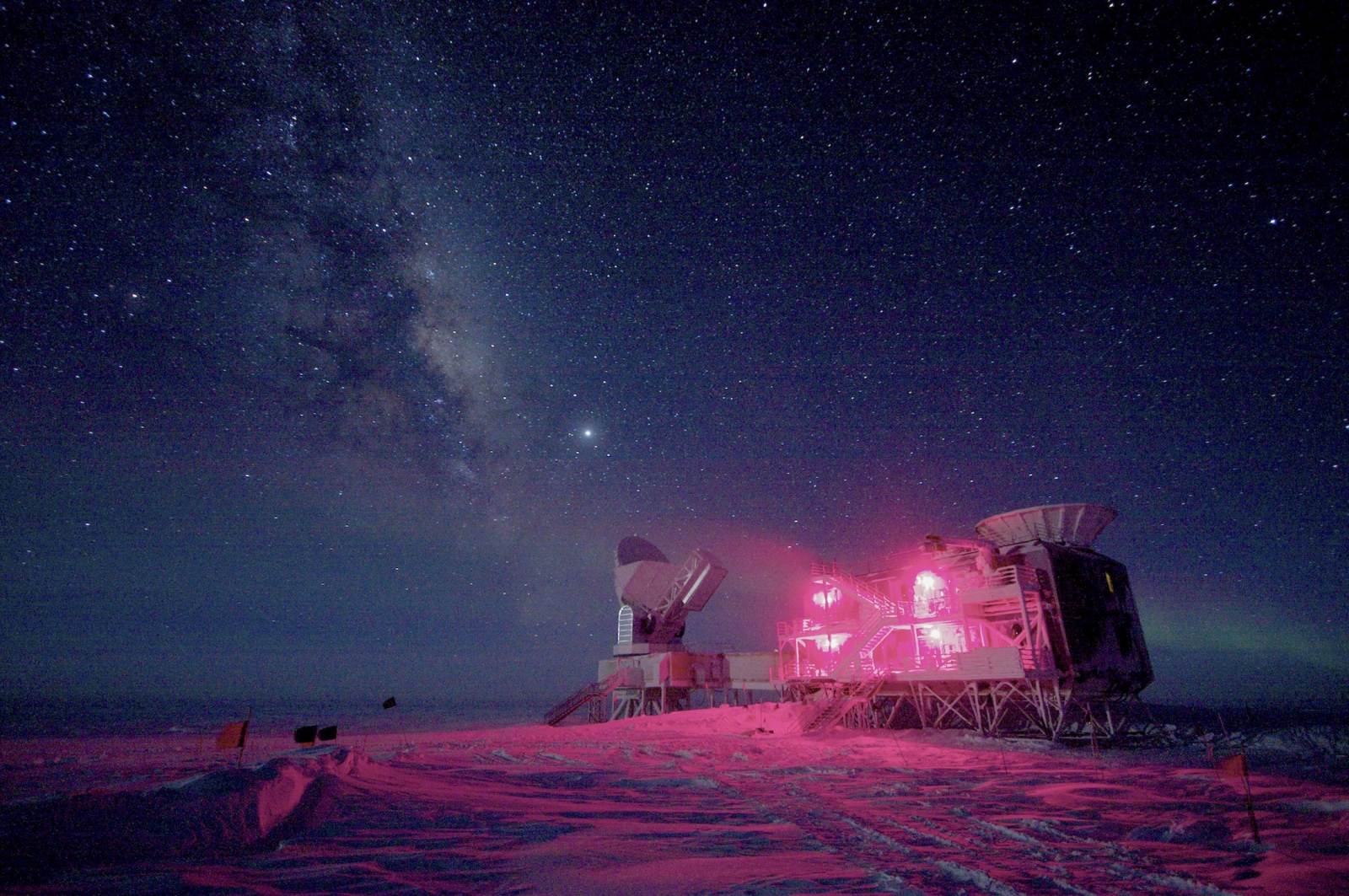South Pole: Canadian plane makes daring landing to rescue sick US science station worker



A rescue plane has made a risky and daring landing at the South Pole for medical evacuation of a sick worker from a remote US scientific station. The plane made a 1,500-mile nine-hour trip from a British base in Antarctica to the Amundsen-Scott polar station.
The National Science Foundation (NSF), which runs the polar station, said on its Facebook page: "The plane will now remain at the Pole for roughly 10 hours to allow the aircrew to rest." The crew comprises of a pilot, the co-pilot, a flight engineer and a medical worker.
The plane, operated by Canadian airline Kenn Borek, left Calgary, Canada, on 14 June and arrived at the British Antarctic Station at Rothera near the southernmost tip of South America. It arrived at the South Pole station from there late night on 21 June.
After assessing the weather conditions and if they permit them to fly, the team will return to Rothera, and the sick worker will be flown out of Antarctica for medical treatment.
According to AP, so far there have only been three such emergency evacuations from the Amundsen-Scott station in the past 17 years.
Since winter has begun on the southern hemisphere this week, the South Pole will not see sun rise till the first day of spring in September. Hence, the plane had to land in total darkness with some light thanks to the full moon, and on compacted snow. There is no tarmac runway at the South Pole. The South Pole station webcam recorded the landing of the plane from a distance.
Besides, the NSF's weather station recorded the South Pole's temperature as minus 75 degree Fahrenheit (minus 60 Celsius), but the windy air made the weather feel like minus 108 degrees.
Tim Stockings from the British Antarctic Survey in London said: "The latest mission is pushing the limits of what is acceptable. The air and Antarctica are unforgiving environments and punishes any slackness very hard. If you are complacent it will bite you.
"Things can change very quickly down there," with ice from clouds, high winds and snow, AP quoted him as saying.
A second unidentified worker is also reported ill, but the officials have not decided whether he too will fly out from the research station.
Update: South Pole medical evacuation flight, June 21An Antarctic medical-evacuation flight has arrived at the...
Posted by Office of Polar Programs - National Science Foundation on Tuesday, June 21, 2016
© Copyright IBTimes 2025. All rights reserved.



















